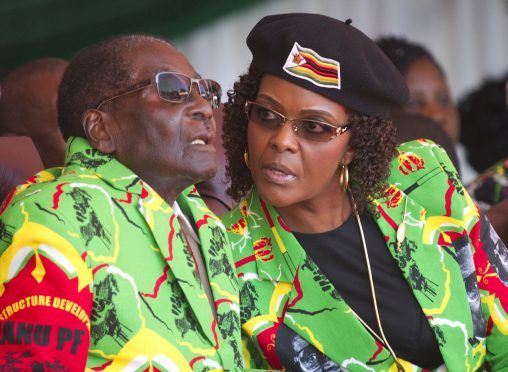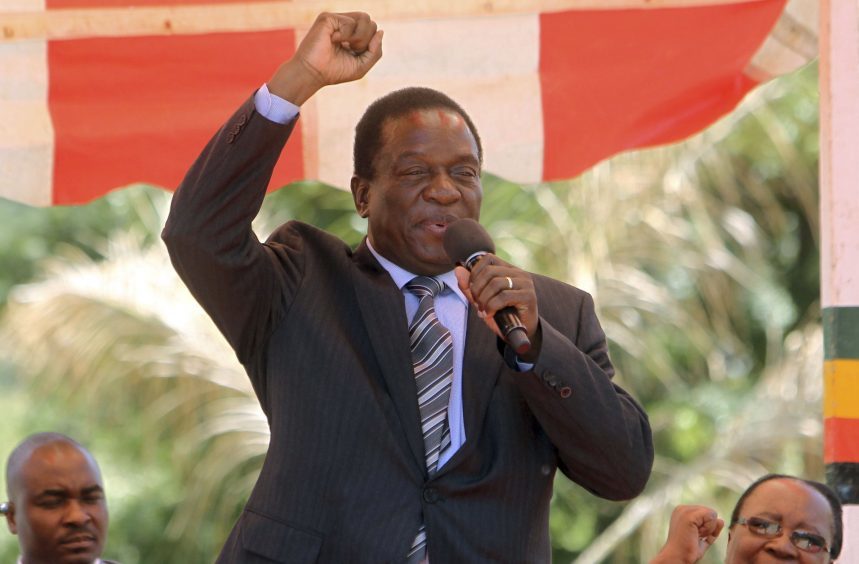Civil war could break out in the wake of the military takeover in Zimbabwe, a leading expert on international relations has warned.
Dr Hazel Cameron, of St Andrews University, said the population was divided between support for opposing factions within the ruling ZANU-PF party.
And she insisted that despite denials from Zimbabwean defence forces, a coup had taken place.
The academic said Robert Mugabe’s wife Grace, 52, was at the centre of the crisis.
Mugabe, 93, president since 1980, sacked his deputy and likely successor Emmerson Mnangagwa earlier this month, paving the way for Grace to take over.
Dr Cameron said: “Robert Mugabe has made a big error that has probably brought about his demise politically in the country because of his support for his wife and to create a Mugabe dynasty.
“He was completely unwilling to nominate a successor.
“There is potential for civil war because of the political vacuum and the economic crisis and there is potential for mass atrocities.”
She said contacts in Harare had told her there were divisions on the streets. She said: “They are telling me there’s a mix of people feeling very tense and anxious but there is also excitement.
“It’s difficult to gauge the truth of what we hearing on news reports. People I have spoken to haven’t heard any explosions [as reported] in Harare.”
She also warned that Mnangagwa was no suitable replacement for Mugabe.
Mnangagwa, who returned to Zimbabwe from Pretoria where had fled after he was ousted, is alleged to have played a key role in the Gukurahundi massacres in Matabeleland in the 1980s.
Dr Cameron, a lecturer in St Andrews’ School of International Relations, said: “This man is crueller and even more of a dictator than Mugabe.
“He was the architect of the Gukurahundi massacres. Twenty thousand people were butchered, hundreds of thousands were tortured. There were mass rapes, beatings, electrocutions.
“Do we want this man taking over from Mugabe?”











